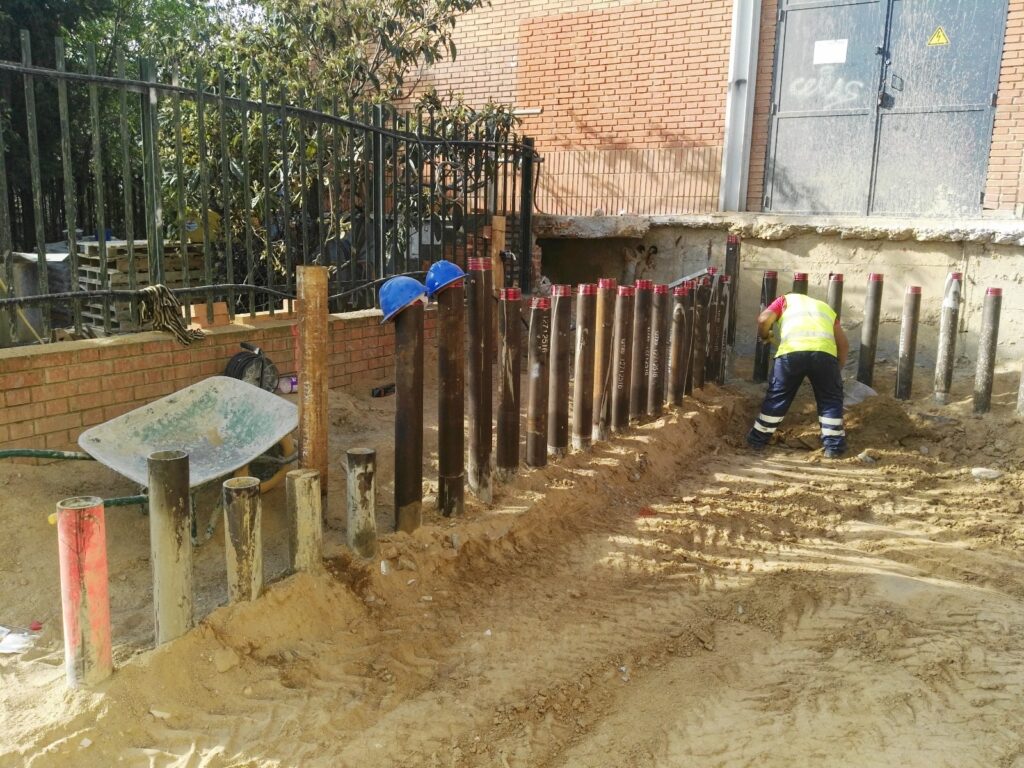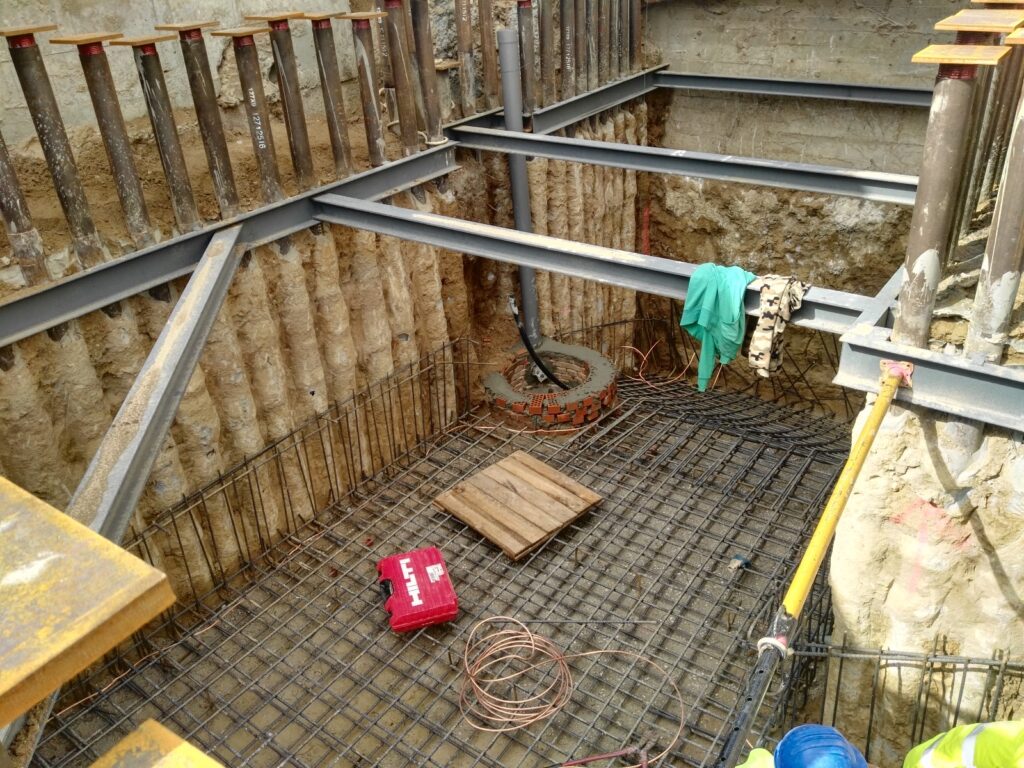Diaphragm Wall Foundation
Diaphragm Wall Foundation: The Effective Solution for Construction Projects on Complex Terrains
The diaphragm wall foundation It is one of the most relevant and widely used processes in the construction of large infrastructure projects, especially when dealing with difficult terrain or where geological conditions are unstable.
This type of foundation allows structures to sit firmly and securely, preventing landslides and ensuring long-term stability.
The diaphragm wall foundation It is a structural reinforcement system used in the construction of walls that act as retaining elements. It is a technique that allows excavating and reinforcing the ground around a building, such as in the case of tunnels, basements or projects on land with unstable geology. This type of foundation not only helps to resist horizontal and vertical pressures, but also acts as a barrier against ground movements, improving the stability and safety of the work.


The diaphragm wall foundation Diaphragm wall foundations are a key technique in modern construction, especially in projects that require robust and efficient solutions for difficult terrain. Thanks to their ability to withstand pressures, improve the stability of the structure and adapt to different geological conditions, they are a highly valued option in civil engineering. If you are looking for an effective solution for your next construction project, diaphragm wall foundations are the ideal answer to ensure the long-term safety and stability of your construction site.

